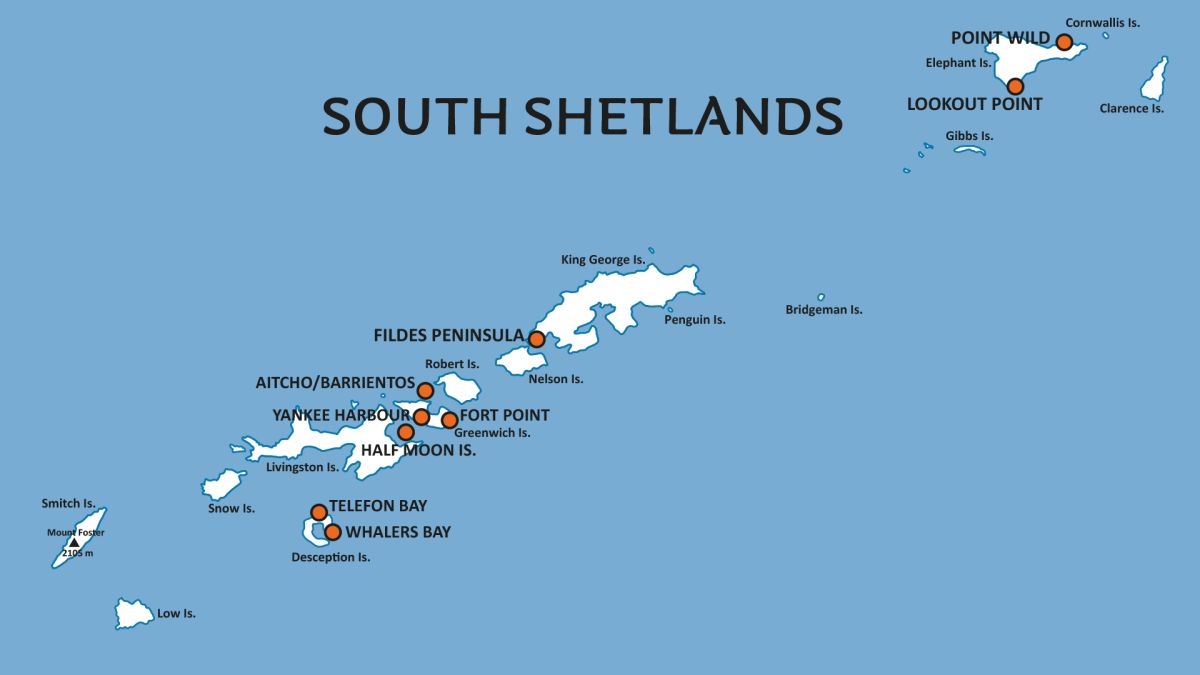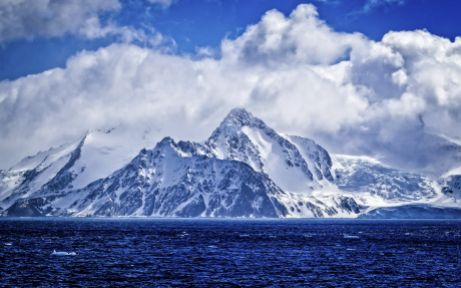Exciting changes are on the way!
As part of our merger with Polar Latitudes, we’re refreshing key elements of our website to reflect this new chapter. Discover more in our latest news update.
The South Shetland Islands are a remote archipelago located about 120 kilometers (75 miles) north of the Antarctic Peninsula.
These islands, although often overshadowed by their Antarctic neighbor, have a geography that is both rugged and diverse, shaped by glaciers, volcanic activity, and the harsh Southern Ocean.
Spread over roughly 3,687 square kilometers (1,423 square miles), the islands are home to a range of ecosystems, making them a fascinating part of the Antarctic region.
Each of the South Shetland Islands has its own unique geographic characteristics:
- Deception Island: Known for its active volcano and the flooded caldera, which forms Port Foster. The island’s volcanic landscape contrasts sharply with the surrounding icy waters.
- King George Island: The largest island in the archipelago, home to several research stations from countries around the world. It has expansive glaciers and a variety of coastal landscapes, from sheltered bays to steep cliffs.
- Elephant Island: Famous for its role in the survival story of Ernest Shackleton’s crew, Elephant Island is remote and rugged, with steep cliffs and ice-covered mountains.
- Livingston Island: Known for its large ice caps and glaciers, this island has some of the most dramatic landscapes in the archipelago, including towering peaks and vast ice fields.
Facts about Geography of the South Shetland Islands
- Antarctica
- South Shetland Islands









